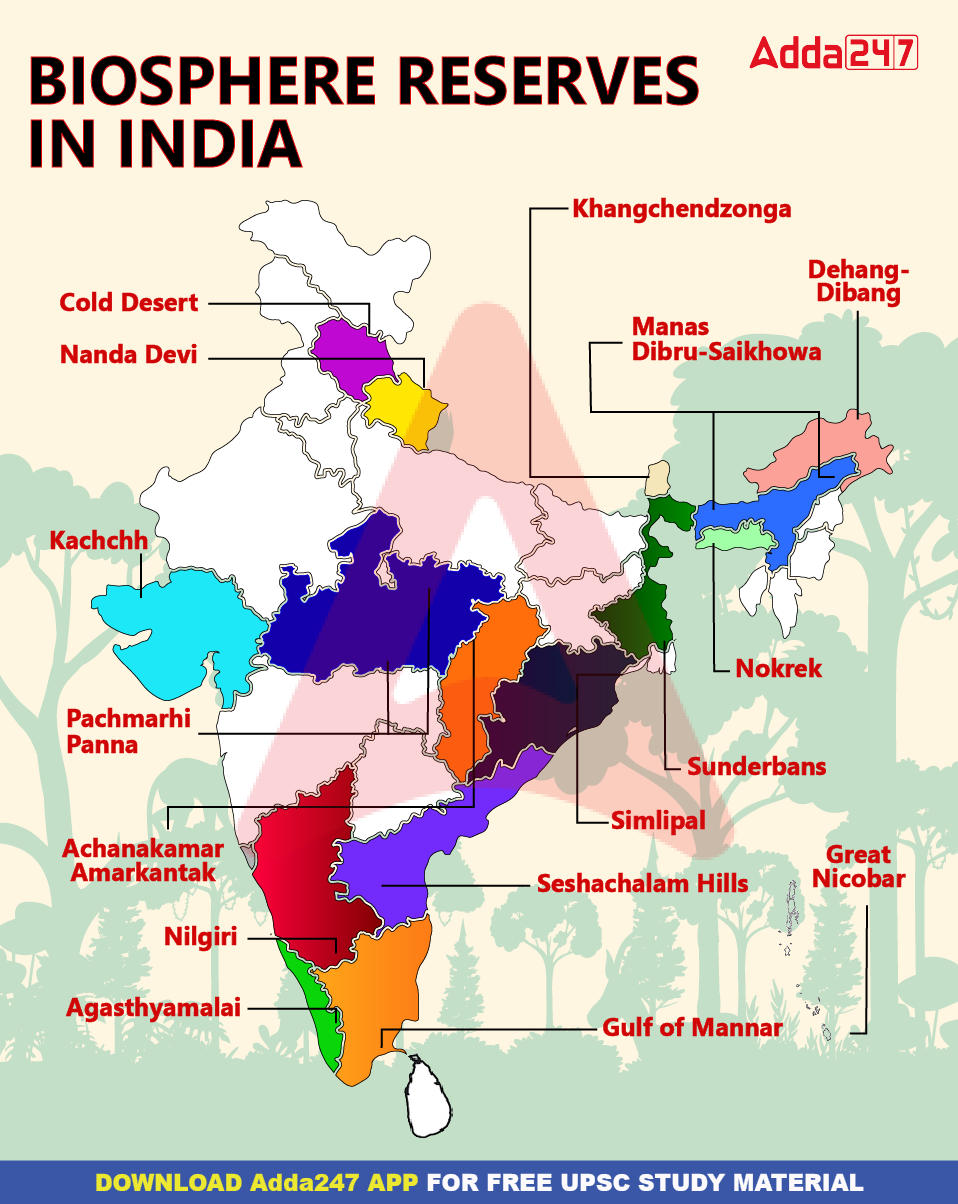Table of Contents
ICGS Samudra Paheredar
News- Recently, the External Affairs Minister paid a visit to the Indian Coast Guard ship Samudra Paheredar, stationed in Manila Bay, Philippines, as a segment of its international assignment across ASEAN nations.
About
Type and Name: Indian Coast Guard’s specialized Pollution Control Vessel (PCV), named Samudra Paheredar. It is the second PCV of India, following the ICGS Samudra Prahari.
Construction: Indigenously built at ABG Shipyard in Surat.
Stationing: Based on the East Coast of India, specifically in Vishakhapatnam, Andhra Pradesh.
Propulsion and Speed:
- Powered by twin diesel engines.
- Enhanced power through twin shaft generators.
- Maximum speed of 21 knots.
Endurance and Capacity:
- Endurance of 6,500 nautical miles at economical speed.
- Capable of staying at sea for 20 days.
Primary Role: Pollution response at sea.
Pollution Control Equipment
- Advanced and sophisticated equipment for mitigating oil spills.
- Includes containment equipment like hi-sprint booms and river booms.
- Recovery devices such as skimmers and side sweeping arms for unhindered oil-recovery operations.
Special Features
- Integrated platform management system.
- Power management system.
- High-powered external firefighting system.
Helicopter Operations: Capable of operating one twin-engine ALH/Chetak helicopter.
Monuments of National Importance (MNI)
News- The Archaeological Survey of India (ASI) has recently made a decision to remove 18 monuments from its list of protected sites, stating that these locations no longer qualify as being of “national importance.”
About
Ancient Monuments and Archaeological Sites and Remains Act (AMASR Act), 1958 (Amended 2010): Establishes provisions for declaring, conserving, and preserving ancient and historical monuments, archaeological sites, and remains of national importance.
The state with the Highest Number of Monuments/Sites: is Uttar Pradesh, with 745.
Declaration Process
- Consideration of public views/objections within a specified period.
- Central Government may officially declare a monument of national importance via notification in the official gazette.
Responsibility for Declared Monuments: Upon declaration as Monuments of National Importance (MNI), their protection, conservation, and maintenance fall under the Archaeological Survey of India (ASI), operating under the Ministry of Culture.
Conservation Efforts: ASI is tasked with the conservation, preservation, and maintenance of MNIs across the country.
Prohibited and Regulated Zones
- A 100-meter radius around a monument is designated as a ‘prohibited area’ where construction is banned.
- An additional 200 meters beyond the prohibited area (totaling 300 meters from the monument) is considered a ‘regulated area’ with specific construction regulations.
Delisting Power: Under Section 35 of the Act, the ASI has the authority to remove monuments from the list of protected sites if they “have ceased to be of national importance,” thus relinquishing ASI’s responsibility for their protection.
Biosphere Reserves in India

Krishi Integrated Command and Control Centre
News- Recently, the Union Minister of Agriculture launched a Krishi Integrated Command and Control Centre (ICCC).
About
The newly inaugurated Krishi Integrated Command and Control Centre (ICCC) is a technological initiative housed within the Ministry of Agriculture & Farmers’ Welfare, designed to integrate multiple IT applications and platforms.
Objectives
- To centralize comprehensive monitoring of the agriculture sector.
- To amalgamate geospatial information from various sources, including remote sensing, soil survey plot-level data, and weather forecasts from the India Meteorological Department (IMD).
Working Mechanism
Employs advanced technologies such as artificial intelligence, remote sensing, and Geographic Information Systems (GIS) to gather and analyze detailed data on weather conditions, crop yields, and production estimates, displaying them in a graphical format.
Features
- Delivers insights on crop yields, production levels, drought situations, and cropping patterns across different geographic regions and timelines.
- Utilizes platforms like the Krishi Decision Support System (DSS) for collecting micro-level data to depict a macro perspective.
- Facilitates the creation of a tailored advisory ecosystem for farmers via apps like Kisan e-mitra and a chatbot for PM-Kisan beneficiaries.
- Incorporates AI/machine learning to identify farmers by mobile numbers or Aadhaar, correlating this with detailed field data, historical cropping data, and IMD weather forecasts.
- Generates personalized advisories in the farmer’s local language using the Bhashini platform for translation into various Indian languages.



 TSPSC Group 1 Question Paper 2024, Downl...
TSPSC Group 1 Question Paper 2024, Downl...
 TSPSC Group 1 Answer key 2024 Out, Downl...
TSPSC Group 1 Answer key 2024 Out, Downl...
 UPSC Prelims 2024 Question Paper, Downlo...
UPSC Prelims 2024 Question Paper, Downlo...




